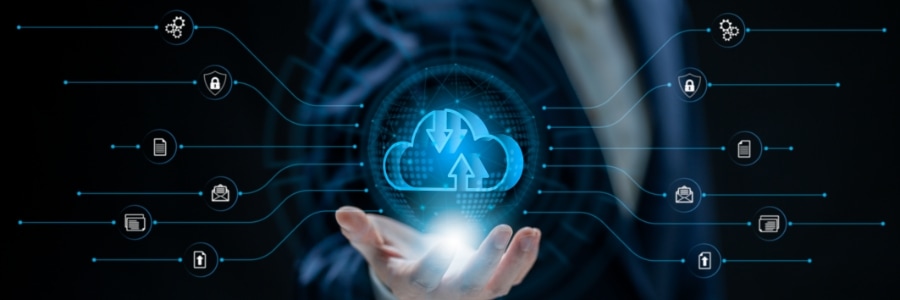Did you know that a delay of just a few seconds can cause nearly half of your visitors to abandon your website, costing you not just traffic but trust and revenue? The good news is that website downtime isn’t a mysterious curse; it usually boils down to a few common culprits that don’t require a computer science degree to fix.
Unlocking the power of cloud AI: Transforming business operations
AI-powered browsers: Useful features you should take advantage of
New platform, new requirements: Virtualization and storage after VMware
Microsoft OneDrive for Web, simplified

For business owners, Microsoft OneDrive for Web is a game-changer in managing files online. However, if you’re unfamiliar with its interface and functions, getting started can be overwhelming. This guide will walk you through the basics of OneDrive and show you how to upload, organize, and share your files.
Goodbye passwords: Why biometric security is the future of mobile protection

As our world becomes more digital, mobile security has never been more crucial. While passwords have traditionally served as the foundation of device protection, biometric authentication is redefining how we safeguard personal information. Using unique identifiers such as fingerprints or facial features, biometrics deliver stronger security and a smoother user experience, surpassing traditional passwords in both convenience and effectiveness.
UCaaS-CCaaS convergence: Unifying business communications

Integrating internal communication tools such as Unified Communications-as-a-Service (UCaaS) with customer-facing systems like Contact Center-as-a-Service (CCaaS) is rapidly gaining traction among businesses. This blog explores the key advantages of UCaaS-CCaaS integration for businesses and provides a guide to help companies successfully implement it.
The cloud conversation SMBs can’t ignore: Bringing UCaaS and CCaaS together

Is your business overwhelmed by too many communication platforms? Discover how small and mid-sized companies can simplify internal collaboration and customer support by uniting Unified Communications-as-a-Service (UCaaS) and Contact Center-as-a-Service (CCaaS) systems, unlocking better insights, improved agility, and stronger customer relationships.
Unlocking the power of multicloud: Key benefits and challenges for your business

The shift to multicloud is becoming a common strategy for enterprises seeking more flexible, resilient, and high-performance solutions. Leveraging services from multiple cloud providers enables businesses to customize their IT infrastructure, making sure it aligns more effectively with their specific requirements.
The resurgence of private clouds: How advanced solutions are reshaping enterprise IT

The private cloud is experiencing a revival, especially as businesses recognize the benefits of a hybrid strategy. A new generation of private cloud platforms, equipped with advanced features such as automation, elastic scalability, and robust security, is now capable of handling cutting-edge workloads, including AI and big data.



